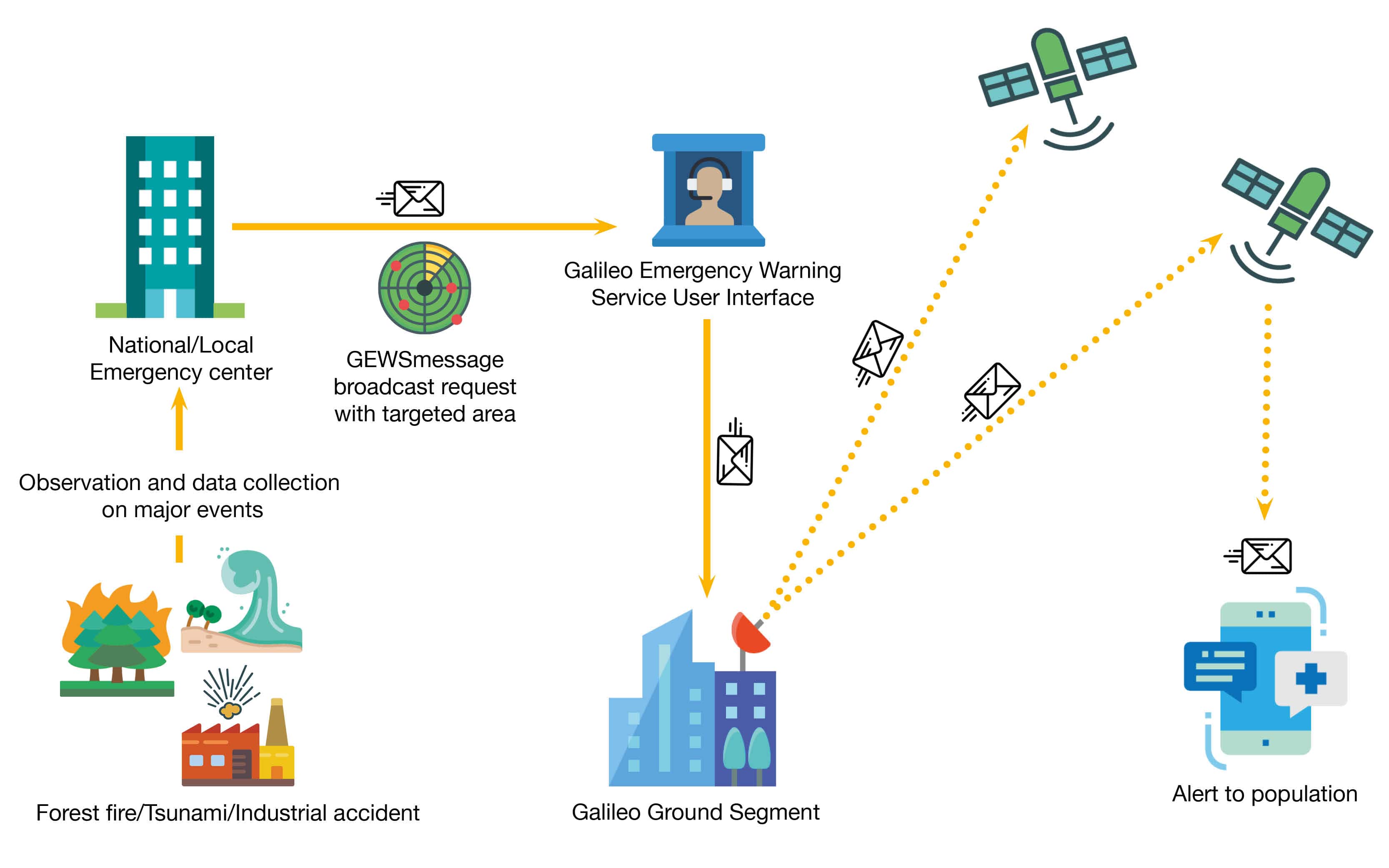On November the 20th, 2018, the GRALLE project (Galileo-based Reliable Automatic Low-Latency Emergency Warning Service), will have a Milestone review meeting in Brussels, before the final review meeting of December. The project, lead by Thales Alenia Space (France) as prime contractor, with the participation of Telespazio (France), IES and STMicroelectronics (Italy) as project’s partners, has been funded by the European Commission and started in the early 2017. The project entailed the feasibility study and the development of a demonstrator for a warning system operating via the Galileo satellite positioning system, able to receive alerts from the Emergency Warning Providers and deliver them to citizens, in real-time.

Demonstrations were organized in Italy, France and Australia with the participation of end users (Emergency Management Providers). In all countries the Galileo-based Emergency Warning Service (GEWS) was demonstrated using Jixel Manager, the emergency management tool developed by IES, for compiling and transmitting alerts using the message format designed in GRALLE, complaint to the Common Alerting Protocol (CAP). A Galileo receiver provided by STMicroelectronics was connected to smartphones equipped with the mJixel and GEWSMobile mobile APPs (developed by GRALLE project partners’ IES and Telespazio) to display warnings and instructions on the mobile devices. For the demonstration in Australia, further to Galileo the QZSS system was employed (the Japanese equivalent to Galileo, but with regional coverage for Japan), together with a QZSS receiver. The demonstration in Italy was held in Nicolosi (Catania) at the Regional Civil Protection Department of Sicily (DRPC), in the Seismic and Volcanic Risks Service headquarter. For the demonstration in Italy, a Tsunami event was simulated, affecting the coastal areas in the provinces of Catania, Siracusa and Messina, east part of Sicily. The demonstration was focused on the creation, transmission and delivery of alerts with different set of instructions for citizens located in the coastal areas or in the inland. The results were fully in line with expectations for the GRALLE project. The end users provided very positive feedback, while expressing the wish to have this system available during their response activities to emergencies.



